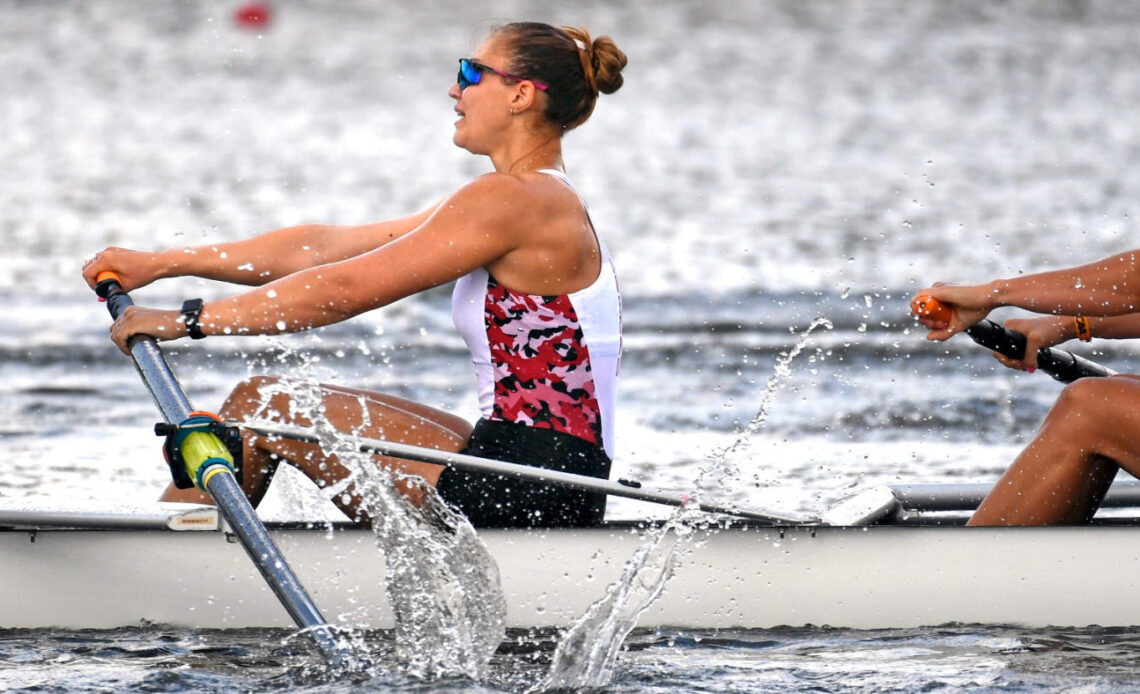DESTIN, Fla. — Thirteen years ago, Trev Alberts was forced to make one of the most difficult decisions in his career.
Nebraska-Omaha’s athletics department was facing severe financial shortfalls, and transitioning sports from Division II to Division I had only compounded the multi-million dollar math problem. As the athletics director, Alberts had two options.
“Make draconian cuts or the whole thing was going down,” Alberts, now at Texas A&M, remembers. “We couldn’t save it all, but we saved what we could.”
So he cut football and wrestling, two sports that had produced eight national titles and the NFL’s first black quarterback, to save costs. The decision at the small school was barely a blip on the national radar, but it was world-ending news for dozens of athletes whose careers suddenly came to an end because of a sudden shift in the competitive landscape. Boosters and fans were upset, and years later those feelings intensified when an internal memo from UNO’s president revealed the department had “a historic lack of fiscal discipline.”
Now imagine similar decisions being made in the ACC or the Big 12, or maybe even inside the big and mighty Big Ten and SEC.
As outrageous as it seems, administrators across major college athletics are preparing for the worst as many programs already strapped for cash face up to more than $30 million in new yearly expenses after agreeing to settle the landmark House v. NCAA lawsuit last week. Schools will be allowed as early as August 2025 to pay their athletes as much as $22 million annually through television and ticket revenues — while also spending an additional $5 million to $10 million in a new model with unlimited scholarships.
It’s a hefty price tag to remain competitive on the field, even for college football’s cash cows and blue bloods. Only two power schools (Georgia and Indiana) had a net income of more than $30 million in 2023, according to USA Today’s database of NCAA finances. Not even Alberts, now the athletics director at one of the richest programs in the nation, can promise Texas A&M’s 20 sports programs are safe from extinction.
“I don’t know that anybody would be wise to make that announcement today. I really don’t,” said Alberts. “… I’ve been one of the few people that cut sports and I’m still standing. It’s not fun. It’s last resort. It’s certainly not something that we would want.”
At Texas A&M, the…
Click Here to Read the Full Original Article at CBSSports.com Headlines…

